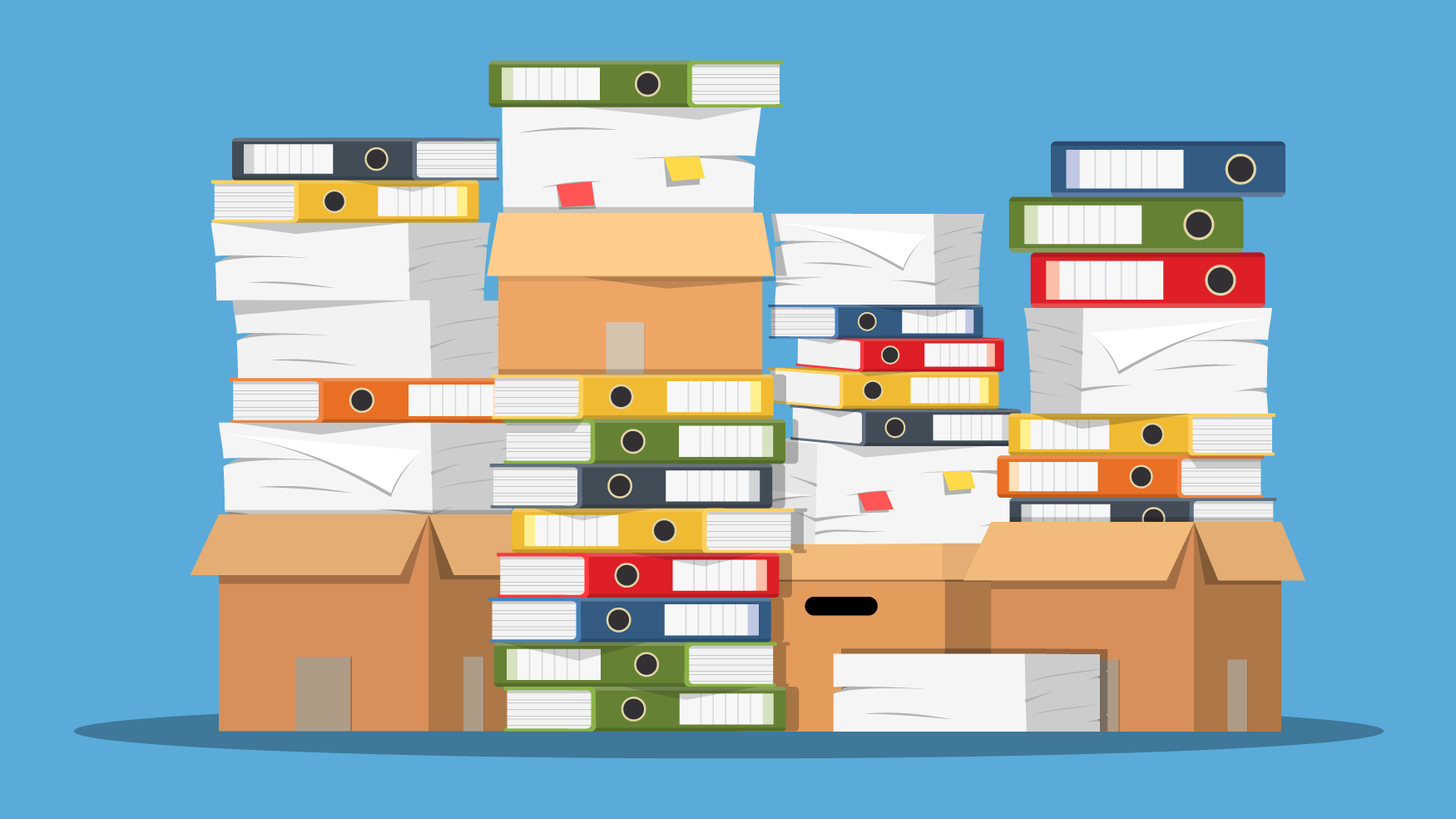How Enterprise Organizations Can Transform Paper Into Data
Table of contents
In today's digital era, businesses have to keep up with the rapid pace of technological advancements to remain competitive. One critical aspect of this evolution is transforming paper documents into actionable data that can be easily accessed and analyzed. This process enables organizations to streamline decision-making processes and boost efficiency across the board. This article will explore the various ways enterprise organizations can leverage document scanning services to digitize their paper records, touching upon the advantages of easier access to information, improved collaboration, and reduced physical storage needs.
The Importance of Digitizing Paper Documents
The traditional practice of manually entering data from paper forms can be time-consuming, error-prone, and inefficient. By contrast, digitizing paper documents allows organizations to extract data more quickly and accurately, leading to better decision-making and more effective operations. One of the key technologies that facilitate this process is optical character recognition (OCR). OCR technology enables computers to read text from scanned images, converting the information into a searchable and editable data file. This powerful tool offers several benefits, such as:
- Easier Access to Information: By converting paper documents into digital file formats, businesses can quickly access the information they need, without the hassle of sorting through piles of physical documents. This improved accessibility not only saves time but also empowers employees to work more efficiently.
- Improved Collaboration: Digitizing paper documents allows for the seamless sharing of information across teams, departments, and even geographical locations. Employees can collaborate in real time, reducing bottlenecks and improving overall productivity.
- Reduced Physical Storage Needs: As paper documents are transformed into digital files, organizations can minimize their reliance on physical storage spaces. This reduction in storage requirements can lead to significant cost savings, as well as a more organized and clutter-free work environment.
Transform Your Paper Into Data
Get a Quote
Leveraging Document Scanning Services to Transform Paper Records
Enterprise organizations looking to convert their paper documents into actionable data can take advantage of various document scanning services. These services often employ advanced OCR technology to extract data from various sources, such as business cards, invoices, and forms. The following steps outline the general process of transforming paper records into digital data:
- Preparation: Before scanning, documents should be organized and prepped for optimal scanning quality. This process may involve removing staples, repairing damaged pages, and sorting documents based on size or type.
- Scanning: High-quality scanners are used to capture images of paper documents, ensuring that all text and graphics are legible. Many scanners can process multiple pages simultaneously, speeding up the digitization process.
- OCR Conversion: Once the documents are scanned, OCR technology is used to extract data from the images. The accuracy of OCR depends on factors such as the quality of the scanned images and the software used. Advanced OCR software can handle complex layouts, multiple languages, and various fonts, ensuring a high degree of accuracy.
- Data Verification: After the OCR process, it is crucial to verify the extracted data for accuracy. This step may involve manually entering any missing or incorrect information to ensure the digital data file is as accurate as possible.
- File Organization and Storage: The final step involves organizing and storing the digital data files in a secure, searchable format. Organizations can choose from various file formats, such as PDF, TIFF, or JPEG, depending on their specific needs.
Conclusion
By leveraging document scanning services and OCR technology, enterprise organizations can transform their paper records into actionable data. This transition offers numerous benefits, including easier access to information, improved collaboration, and reduced physical storage needs. As businesses continue to embrace the digital age, digitizing paper documents has become an essential strategy for staying competitive, increasing efficiency, and fostering a more effective and organized work environment.
Looking to scan your business documents? Get a quote to scan your documents!
Enterprise Document Scanning Services
Just a Click Away
Share this
You May Also Like
These Related Stories

Bulk Scanning Documents: Everything You Need to Know

How AI Technology Enhances Document Scanning for Large Organizations

